MiSmart's AI drone system has successfully solved many "tailor-made" problems for the agriculture, forestry, electricity, telecommunications industries..., starting to move towards the international market, but is still waiting for the sandbox mechanism to realize many more big dreams.
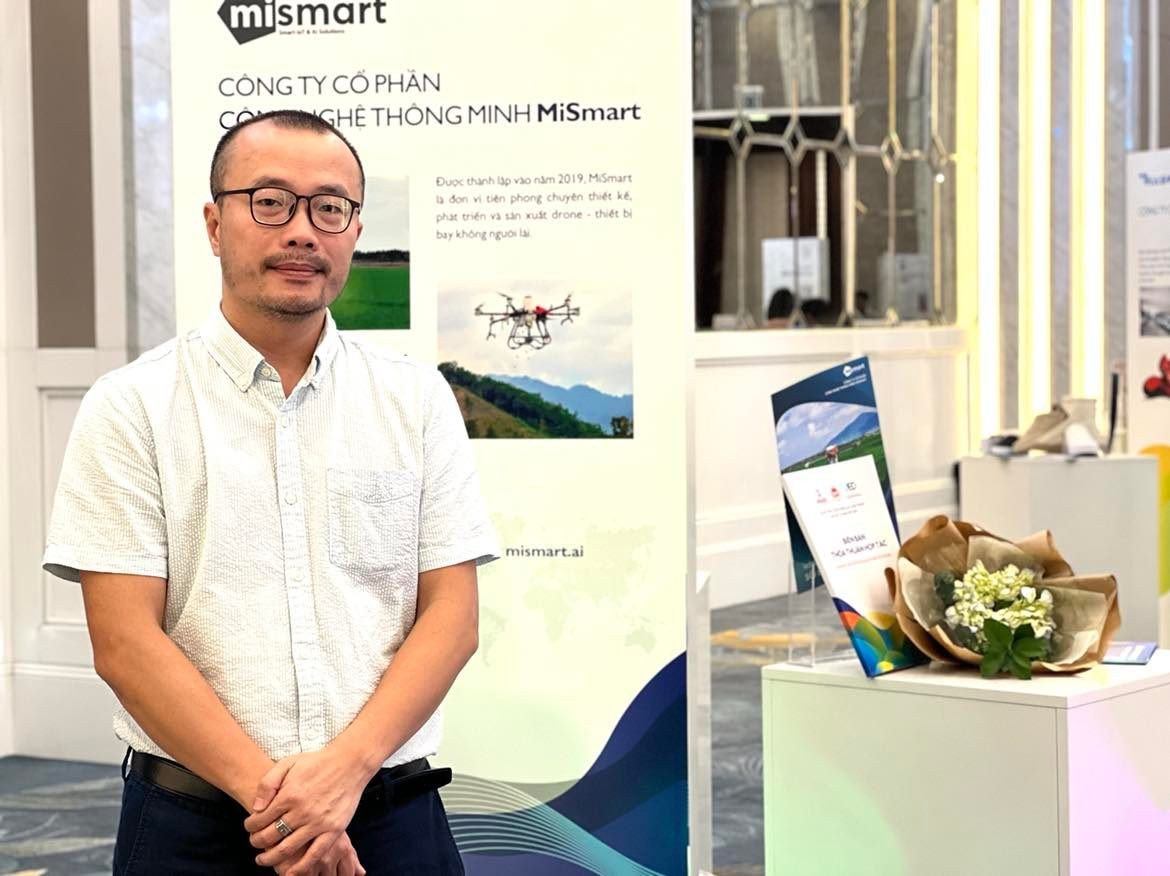
Mr. Tran Thien Phuong, Vice Chairman of the Board of Directors of MiSmart Smart Technology Joint Stock Company.
Any questions from visitors, Vice Chairman of the Board of Directors of MiSmart Tran Thien Phuong enthusiastically answered. Our short question: "What can this drone do?" seemed to touch the Vice Chairman's heart. "MiSmart is a pioneer in designing and developing drone products, and is currently the only enterprise licensed by the Vietnamese Ministry of Defense to design, manufacture, repair and maintain drones. We have been implementing many problems for the agriculture, forestry, construction of traffic works, environmental resources, electricity, telecommunications, etc. sectors using drone systems combined with artificial intelligence (AI) applications. The ability to analyze images and aerial remote sensing has a high accuracy rate of up to 99%," Mr. Phuong answered and cited a series of stories as evidence.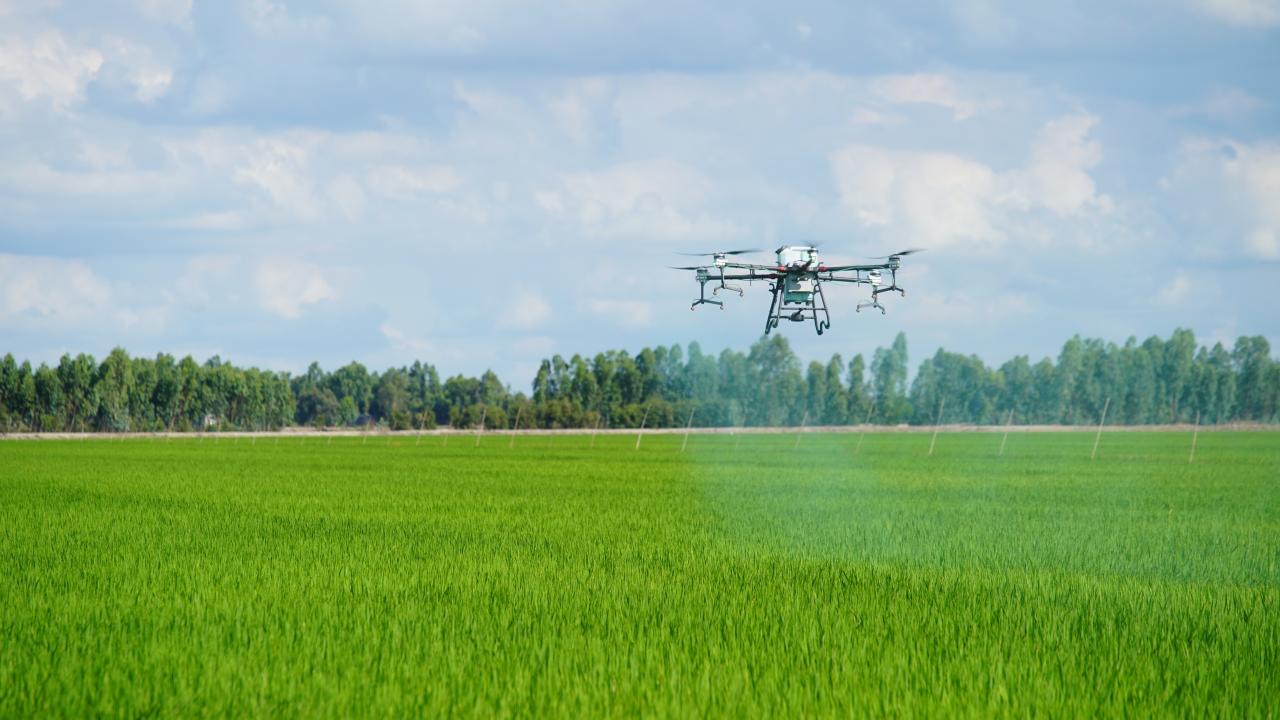
MiSmart agricultural drones have become "effective assistants" for farmers.
In recent years, MiSmart's agricultural drones, priced at around VND300 million/set, have become "powerful assistants" for farmers, helping to increase productivity significantly compared to traditional farming methods. For example, a farmer can only spray pesticides manually on about 0.5 hectares/hour, but a drone can reach up to 16 hectares/hour. Drones can also help farmers save about 30% of pesticides and 90% of water due to optimization. Only spraying and watering in areas with pests and diseases can reduce pesticide residue, moving towards clean agriculture, reducing rice and crop losses (due to trampling during spraying)... The problem of spraying and watering has been quickly solved by AI drones, not only for rice in the Mekong Delta, the Central Coastal Delta, but also for sugarcane in the Southeast region and many other plants such as passion fruit, durian, avocado, banana and some other fruit trees in the Southern region. MiSmart has also cooperated with the Plant Protection Department - Ministry of Agriculture and Rural Development to solve the problem of monitoring growth and detecting pests by using AI drones connected to the pest database of the agricultural sector; Cooperating with 2 leading companies in the forestry sector to use AI drones to count planted trees, calculate biomass to predict timber yield, create 2D/3D maps of forest trees by age, draw forest boundary lines (sub-areas, plots, lots and owner boundaries) to create forest status maps to increase forest management efficiency.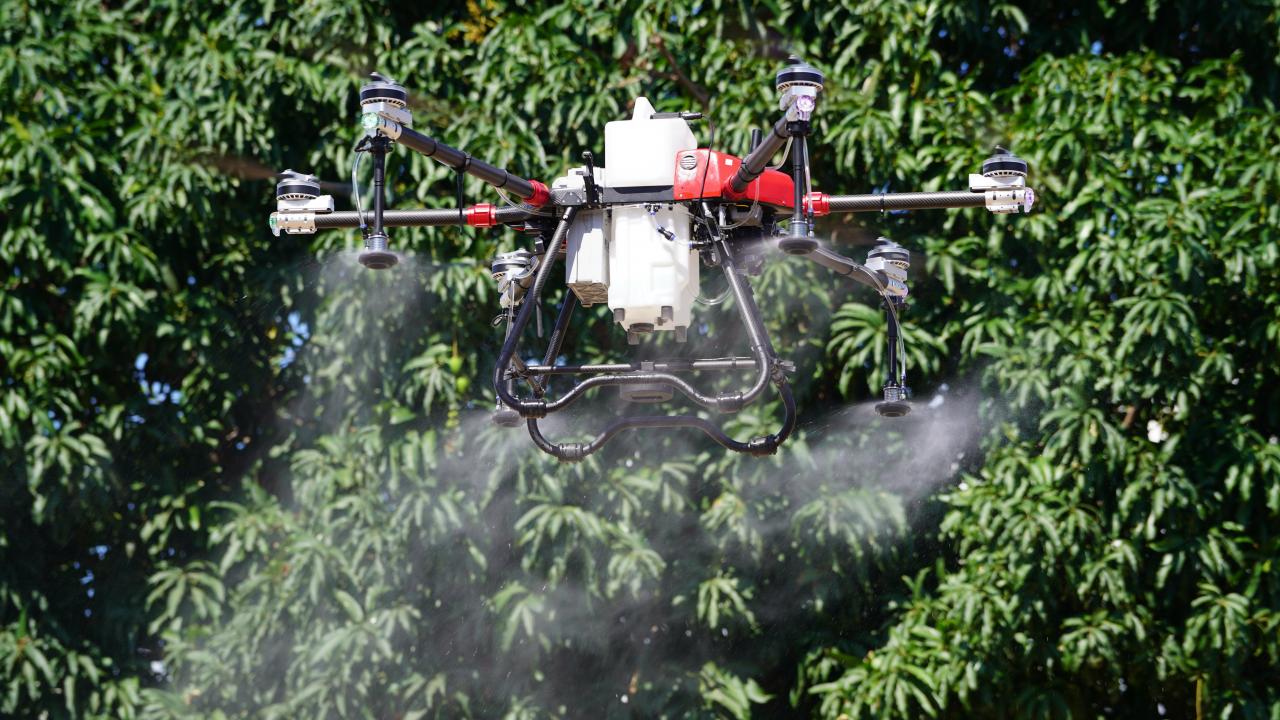
MiSmart's AI Drone has effectively supported the operation of the agriculture and forestry industry.
From initial successes in supporting the agriculture and forestry sector, MiSmart has gradually expanded to a number of new areas. For the electricity sector, MiSmart's solutions serve a variety of needs related to the management and operation of high-voltage and ultra-high-voltage lines from 110 - 500kV. For example, building an AI software platform focuses on applying image processing and recognition technology to automatically detect violations of the line corridor; measure line sag, the level of column foundation landslides, column tilt in transmission and distribution, etc., especially automatically detecting and predicting early component heating errors, thereby evaluating performance and load, allocating resources and energy, as well as forecasting and planning effective maintenance. Previously, when performing 220/110kV line inspection using traditional manual methods, some difficulties and challenges may be encountered such as: Employees must work in a dangerous environment, accidents are likely to occur because they are close to high voltage contact areas, the accuracy and transparency of inspection results are not high, and it takes a lot of time and effort to inspect and manage important information data.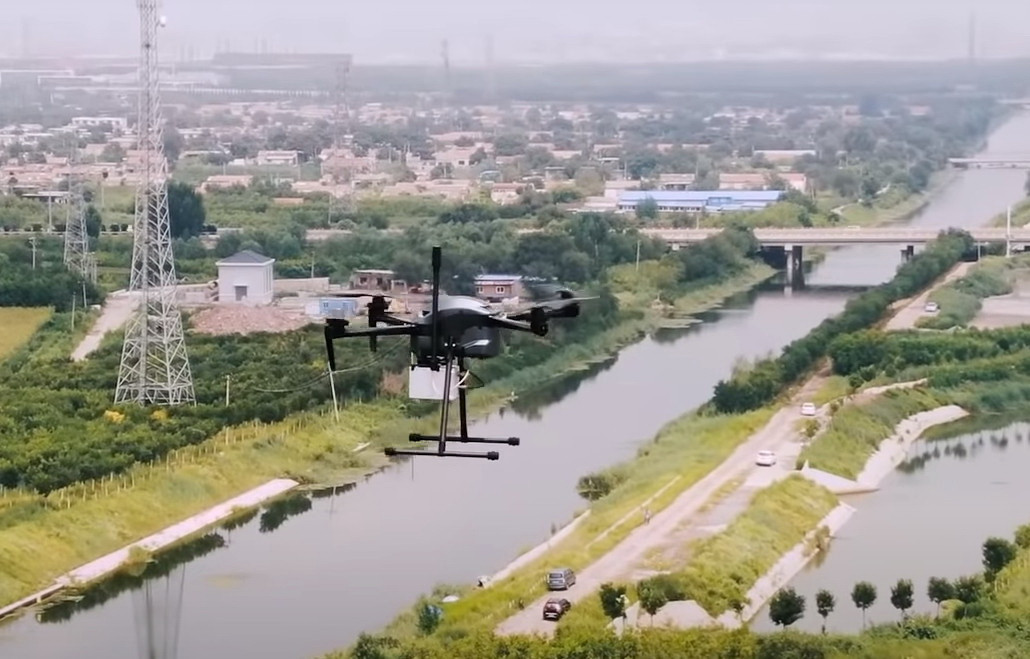
Thanks to drone applications, the electricity industry can proactively plan repairs and invest in purchasing spare parts appropriately.
Thanks to drone applications, the electricity industry can now rely on data collected from optical cameras, thermal cameras, lidar of drones, AI software trained to become an automatic assistant to warn early about pole/conductor/component failures so that relevant departments can plan appropriate repairs or proactively invest in purchasing spare parts. The actual effectiveness has been clearly demonstrated when applied at some electricity companies. For the telecommunications industry, the Digital Twins solution of AI MiSmart drone will survey the outdoor space of BTS mobile transmission stations, helping network operators determine the quantity, type, height, tilt/elevation, azimuth angle... of mobile antennas, helping to switch from passive to active operation processes, improving management efficiency, planning and designing network resources as well as the quality of infrastructure management, assets, pole loads and equipment installation space. This model has been tested by MiSmart for 2 out of 4 major mobile network operators in Vietnam. For the transportation industry, instead of having to send people to measure, mark the boundary and then draw a map using AutoCAD, which takes a lot of time and is not very accurate, the AI drone with a lidar laser scanner will survey the entire route, coordinate, create a 3D model of the project's terrain, then automatically calculate the detailed leveling volume, accurate to every concave and convex point. Recently, MiSmart's AI drone has also "encroached" on the field of drone light shows, collaborating with a number of art units in Ho Chi Minh City, Nha Trang... Another hot news, the Ministry of Natural Resources and Environment is collaborating with MiSmart to test the method of using AI drones to measure and monitor greenhouse gas emissions of carbon dioxide (CO2) and methane (CH4), gradually building a method to measure emissions, overcoming the "bottleneck" of not knowing how to measure when implementing the Net Zero journey (no carbon dioxide emissions). Previously, at the 2021 United Nations Climate Change Summit (COP26), Prime Minister Pham Minh Chinh pledged that Vietnam would strive to achieve net zero emissions by 2050. “Our AI drone system is researched and deployed to solve specialized “tailored” AI problems, not mass-produced flycams (flying cameras) that are then placed on shelves like many similar products on the market,” Mr. Phuong emphasized the special feature of the “tailor” MiSmart. Overcoming doubts about “taking other people’s products and claiming them as your own,” MiSmart was founded in 2019, stemming from the desire to use technology, especially AI Drone devices, to increase the value of Vietnamese agricultural products. “The early days were very difficult. Most people did not believe in the AI drone that MiSmart researched and designed itself. Sadly, some people even thought that we copied other people's products and claimed them as our own. However, by constantly trying to optimize and develop the product, we gradually overcame that doubt,” Mr. Phuong said in a low voice.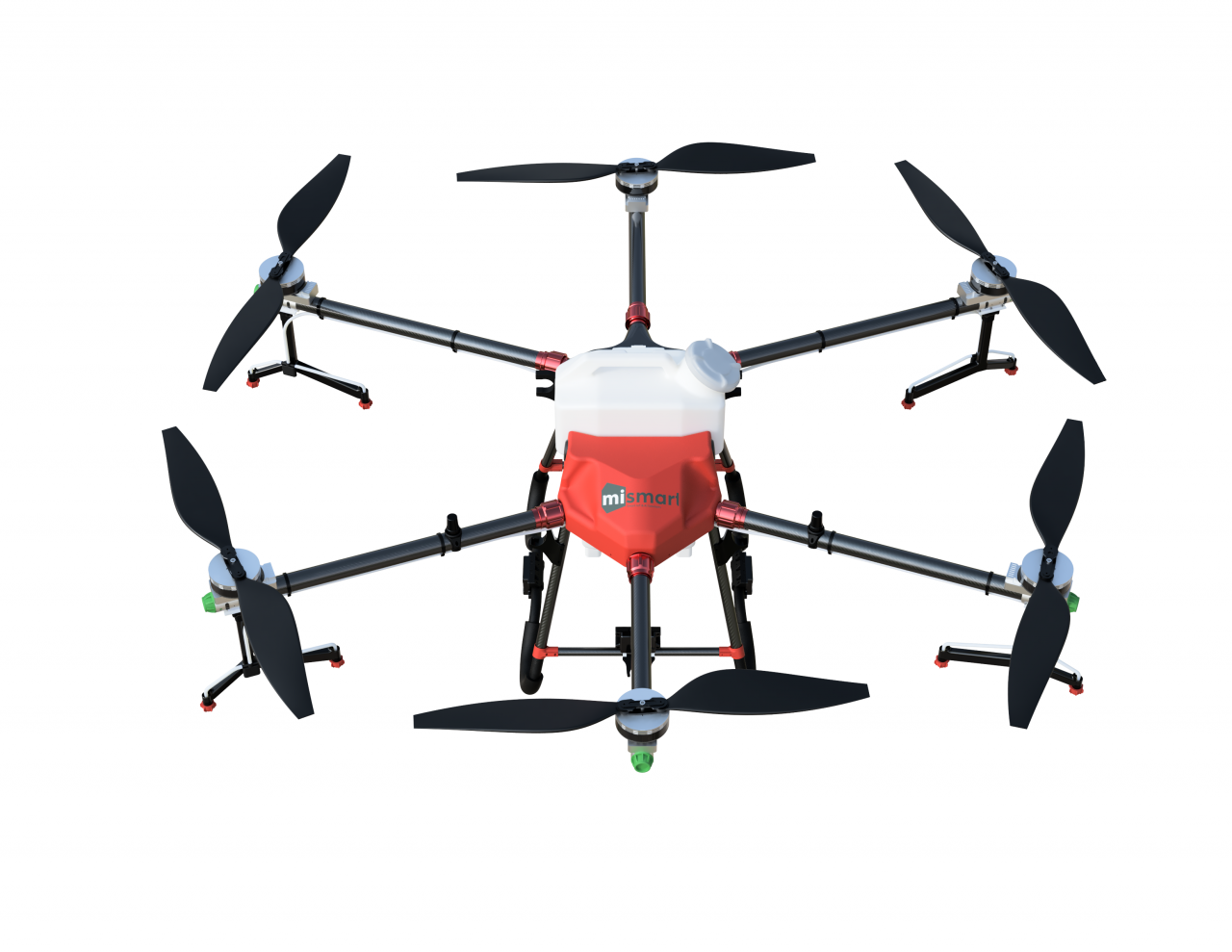
Drone AI is continuously improved by MiSmart to create Vietnamese products of international quality.
In June 2021, MiSmart was awarded the ISO 9001:2015 Quality Management System certification by the Institute for Research and Development of Quality Standards (ISSQ) and the ISO 27001:2013 Information Security Management System certification by the United Kingdom Accreditation Service (UKAS). Continuously improving to create Vietnamese products of international quality, MiSmart's products gradually accumulate more competitive advantages. For example, with the same 40-liter sprayer, the total weight of the MiSmart device is lighter due to the optimized design of the frame, forks, and joints. Until now, the first customer impression is still imprinted in the mind of MiSmart Vice President: “The first order came from a very large agricultural unit in the West. Previously, they used products from another supplier but encountered problems, so they came to us. After trying the AI drone and seeing that it was good, they gradually placed orders from small to larger orders. They highly appreciated MiSmart's products, especially the rate of flight service interruption due to errors was reduced by about 4 times compared to the previous product”. In the context of an increasingly diverse drone product market, identifying its strength as having additional software and AI applications to support the collection and analysis of signals and images, MiSmart has focused on investing in this area. More than 70% of MiSmart employees work in research and development (R&D). R&D investment accounts for 60 - 70% of the company's budget. MiSmart has soon mastered 100% of the design and production of AI drone systems. Currently, there are only 3 parts to purchase including engines, propellers and battery cells. To ensure meeting the needs of large orders, MiSmart cooperates with a number of Japanese factories in Vietnam to manufacture electronic components according to the design. MiSmart's current average output is estimated at about 200 AI drones/year. Since being in the Top 3 of the Ho Chi Minh City Artificial Intelligence Innovation Project Competition (HAI) in 2019, up to now, MiSmart has "reaped" many other awards such as: First Prize in the National Digital Transformation Solution Search Competition 2020 (Viet Solutions 2020); 1 of 5 winning startups of the Artificial Intelligence Accelerator Challenge 2021 (AAC 2021); First Prize of the Qualcomm Vietnam Innovation Challenge (QVIC) 2022... MiSmart's "bosses" are always confident that their devices and automatic technology combined with AI will soon enter the Top 3 in Southeast Asia. Need for a sandbox mechanism Up to now, the joint venture between MiSmart and the ASEAN Institute of Educational Technology is still the only unit in Vietnam that is allowed by the General Staff - Ministry of National Defense, the General Department of Vocational Education of the Ministry of Labor - Invalids and Social Affairs to pilot drone pilot training courses.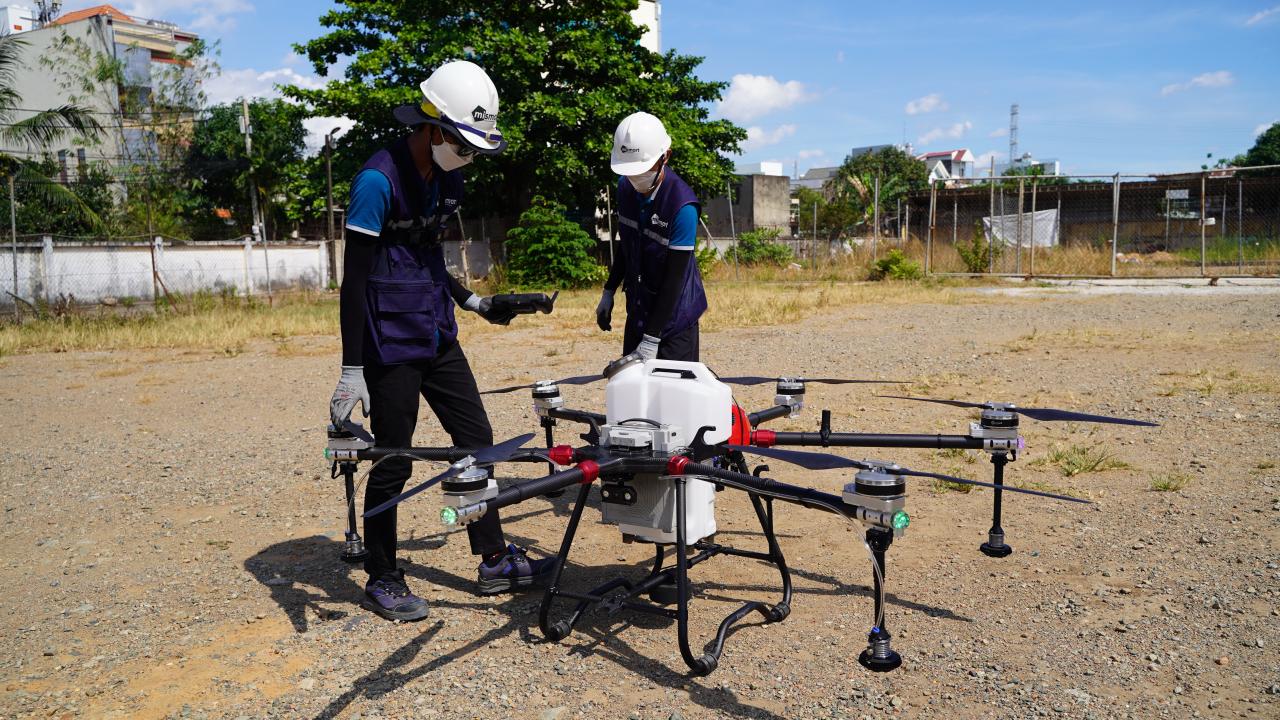
Weighing tens of kilograms, if a drone crashes, there will be many serious consequences.
“Drones used in agriculture, forestry and industry are not like flycams for filming. Weighing tens of kilograms, if a drone accident occurs, there will be many serious consequences. However, in Vietnam, there are still no clear regulations on drone pilots. Our drone pilot training courses will provide specific instructions from legal regulations, theory, to practice of disassembling, maintaining, operating drones..., especially skills to handle situations when an incident occurs. Each training package costs about 15 million VND/person. On average, each training course lasts about 1 month,” Mr. Phuong noted. According to MiSmart Vice President, one of the biggest difficulties for the company now is legal barriers. Decree No. 36/2008/ND-CP on the management of unmanned aircraft and ultralight aircraft was issued by the Government in 2008, which did not mention the group of equipment manufactured in Vietnam because at the time of the law's promulgation, few people thought that Vietnamese people could research, develop and master the technology of this modern equipment. Another difficulty is the problem of smuggled goods. Decree No. 36 and some related documents allow the import of drones for use but not for commercial purposes. However, in reality, many places only ask for a license from the Ministry of Industry and Trade to import 1-2 drones, then import smuggled goods, stick serial numbers to fool the management agency and then circumvent the law by making a loan contract for sale. Drones do not have frame numbers or engine numbers, so they are not easy to manage. Smuggled products are cheaper but no one can guarantee their quality. The existence of smuggled goods will affect the market development of serious businesses. MiSmart is still nurturing many other big plans and dreams, but the implementation process will be more favorable if the sandbox mechanism (testing) is applied. “The two new areas that we are very passionate about are passenger transport and delivery. Product manufacturing is not difficult. The difficulty is legality and feasibility. Products that are manufactured but cannot be used are very costly and wasteful. We are submitting a project to transport passengers/goods by drone to an airline, in which MiSmart plays the role of a technology partner, researching and deploying an AI drone system to transport passengers/goods from gathering points to the airport. We really hope to apply the sandbox mechanism as Minister of Information and Communications Nguyen Manh Hung has said many times: Isolate the pilot testing area for businesses, relevant management agencies will supervise together, after a period of piloting, learn from experience to continue implementing if it is really effective”, Vice President of MiSmart worriedly thought. Moving towards foreign markets Along with expanding coverage in the domestic market, MiSmart's comprehensive AI drone solution, including hardware and software, is gradually moving towards foreign markets. MiSmart is piloting AI drone solutions for industry in Japan and solutions for the agricultural and electricity industries in Australia. Regarding AI software solutions, MiSmart has helped a Malaysian enterprise solve the problem of counting palm trees, analyzing images captured from drone cameras (of other companies) to evaluate palm cluster yield, and calculate oil yield. The strength of the system designed by Vietnamese people is that the AI part is "delicious - nutritious - cheap" than competitors, highly adaptable to "tailor-made" problems, ready to customize quickly and flexibly according to customer requirements. “If we sell only hardware drones, we cannot compete on price with China. MiSmart's overall solution has market potential when many large companies only sell drones without software solutions, or make general solutions, like mass-produced ready-made shirts, which are quite expensive and still require extra effort and cost to repair because they do not fit the user's size. The pilot process in Japan and Australia shows that MiSmart's price is "softer" by about 20% compared to many other companies. Customers have responded well to the product and are continuing to discuss the future. However, if we want to sell AI drones in the international market, we will have to build a team of agents, representatives, and be in charge of after-sales work in each market. This is not simple," Mr. Phuong analyzed.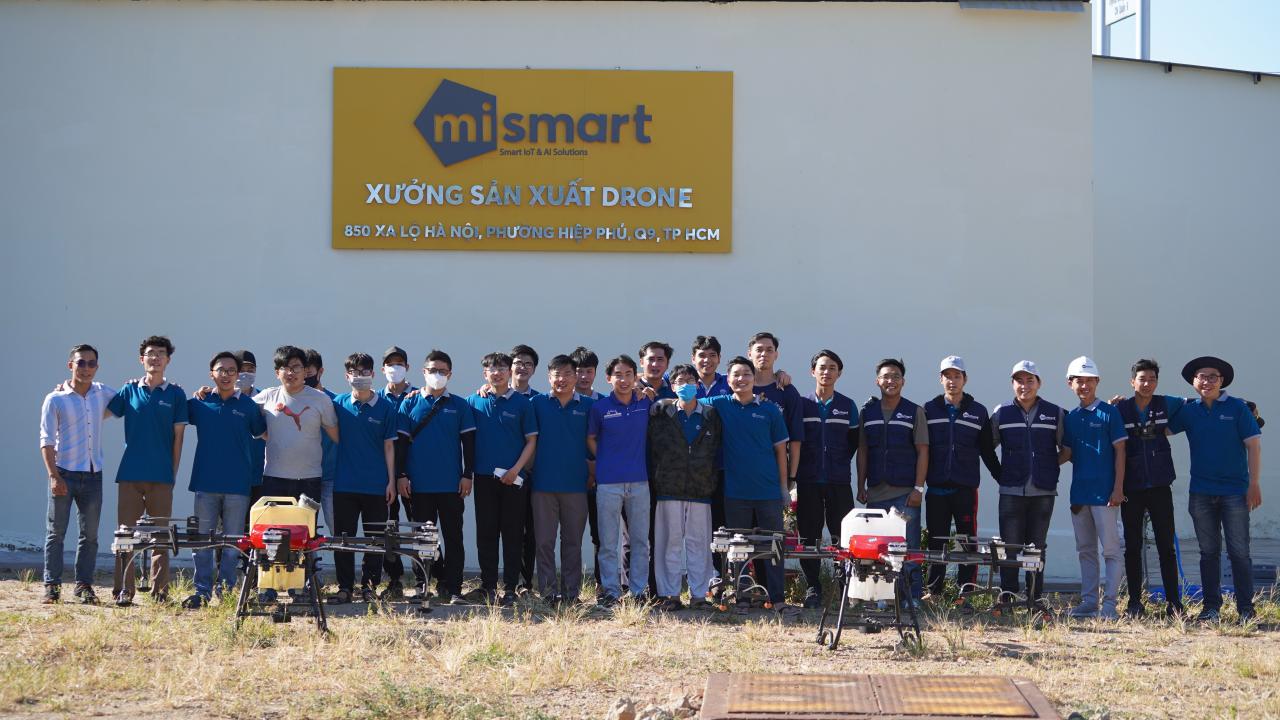
More than 70% of MiSmart's staff work in research and development (R&D).
Good news has just come to MiSmart when this enterprise is named in the Top 6 Innovative Enterprises, signing a memorandum of cooperation with the Vietnam Private Sector Competitiveness Enhancement Project (IPSC) by the Enterprise Development Agency - Ministry of Planning and Investment as the Project owner, with funding from the United States Agency for International Development USAID. Support from IPSC will create more favorable conditions for Vietnamese enterprises to develop sustainably, improving competitiveness in domestic and international markets. According to Mr. Ho Xuan Hieu, Chairman of the Board of Directors of Quang Tri Trading Corporation (Sepon Group), MiSmart drones operate stably, have low costs, and are dozens of times more efficient than manual spraying methods. “This is a modern solution that can be widely applied. The entire Quang Tri province has more than 2,800 hectares of rice fields, of which up to 90% of the area can deploy this service,” said Mr. Hieu. 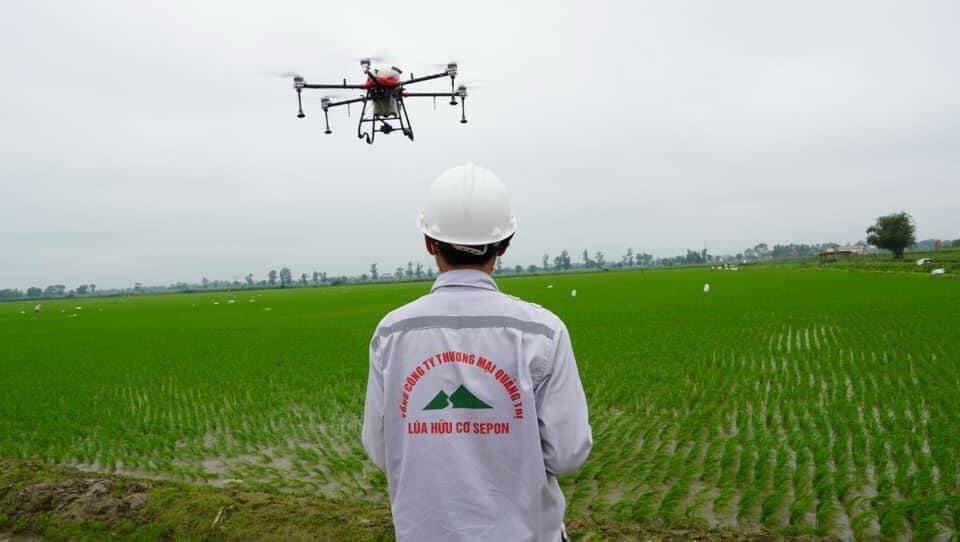 MiSmart's drones operate stably, at low cost, and are dozens of times more efficient than manual spraying methods. Sharing his experience using drones, Mr. Chau An, a drone pilot of Toan Thang Company, said that the operation on the flight controller provided by MiSmart is quite simple, the interface is easy to use because the software is written in Vietnamese, besides, the process of operating, maintaining and repairing drones is very scientific and easy to understand. This is an outstanding advantage that similar foreign products on the market do not have. |
Vetnamnet.vn






![[Photo] General Secretary To Lam attends the 80th Anniversary of the Cultural Sector's Traditional Day](https://vstatic.vietnam.vn/vietnam/resource/IMAGE/2025/8/23/7a88e6b58502490aa153adf8f0eec2b2)
![[Photo] Prime Minister Pham Minh Chinh chairs the meeting of the Government Party Committee Standing Committee](https://vstatic.vietnam.vn/vietnam/resource/IMAGE/2025/8/23/8e94aa3d26424d1ab1528c3e4bbacc45)

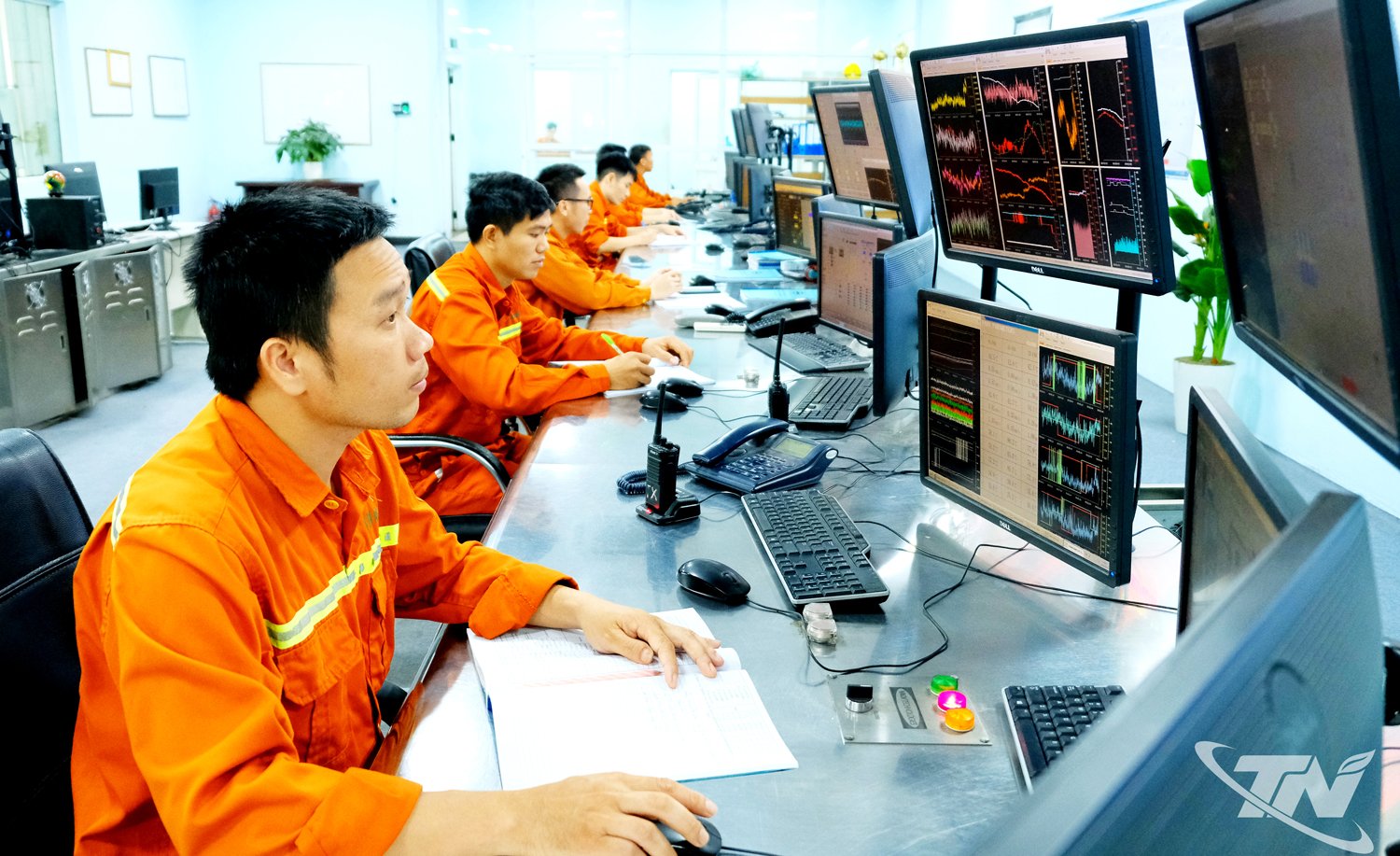

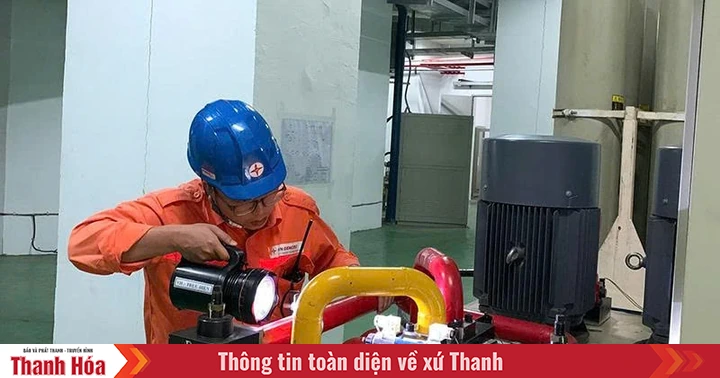

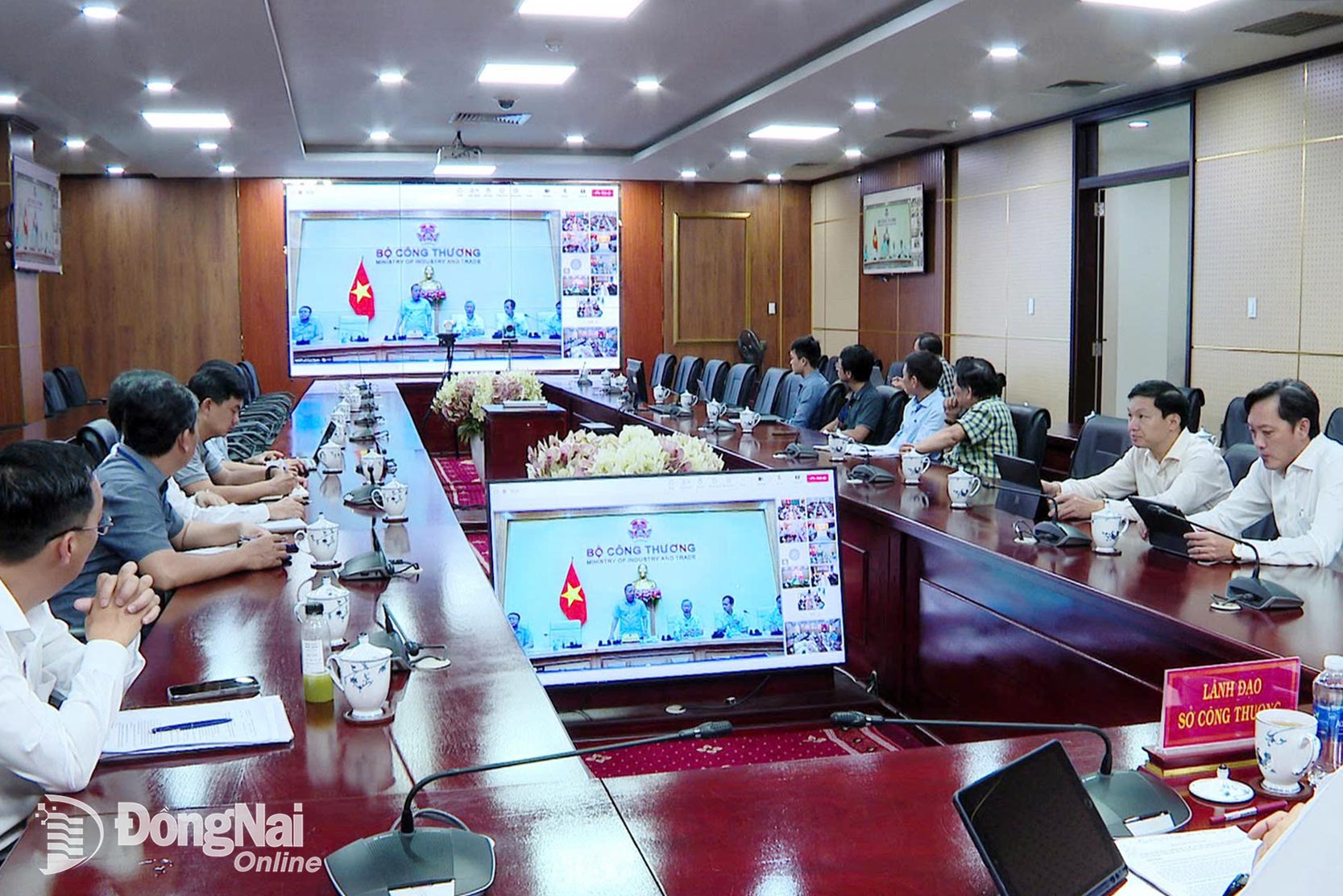

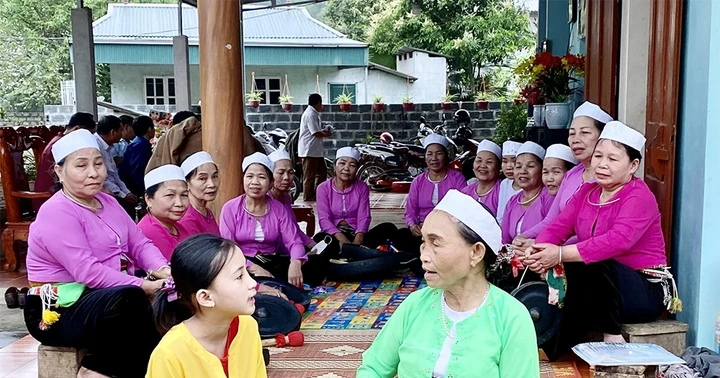


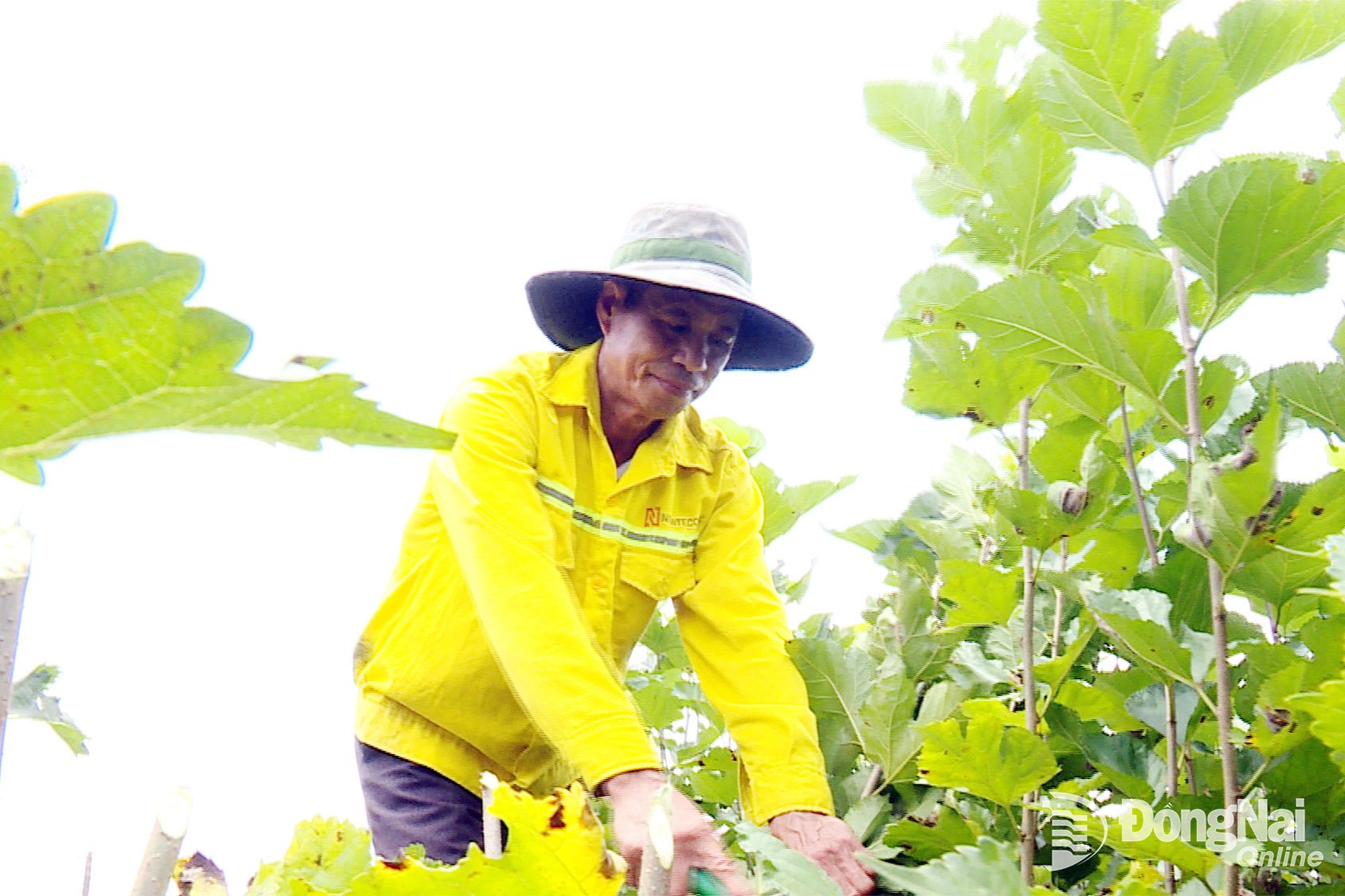






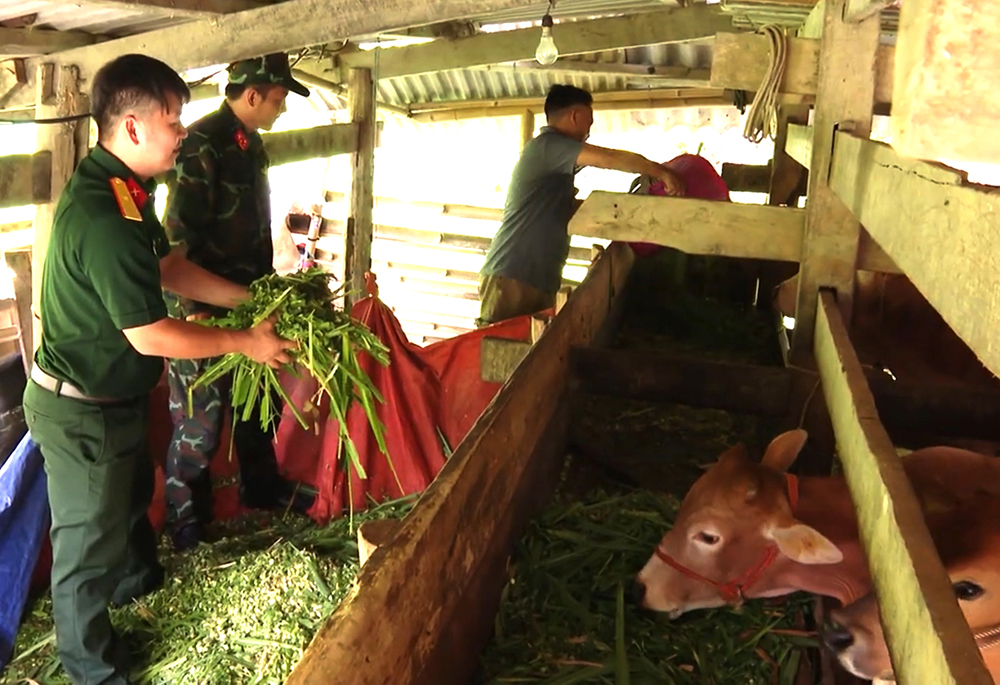

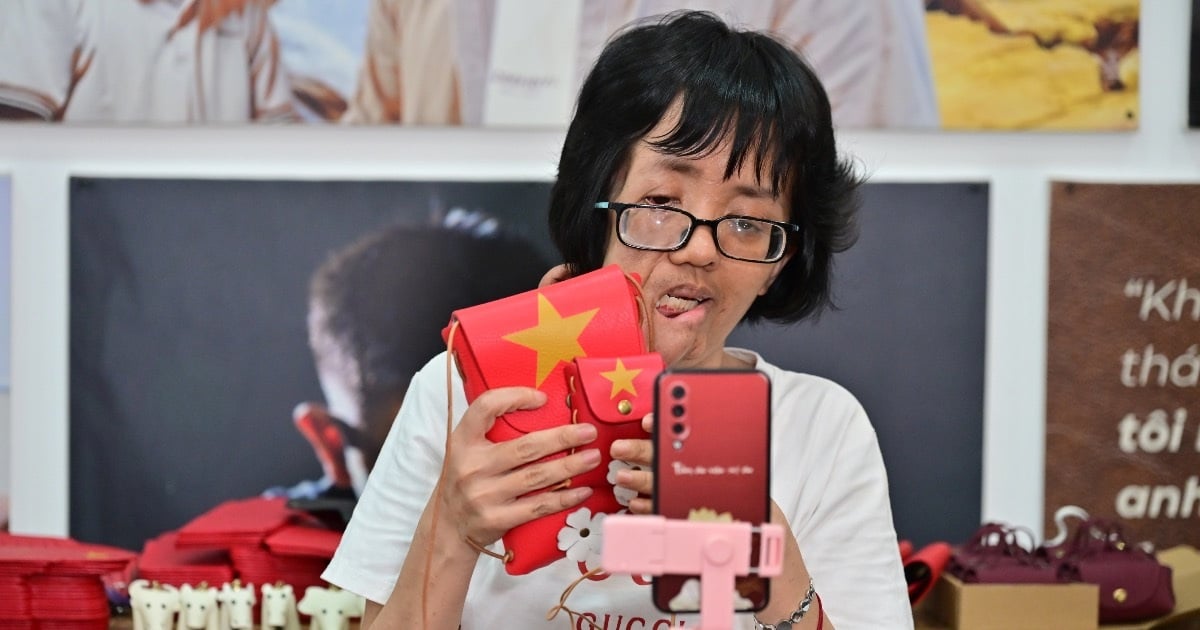











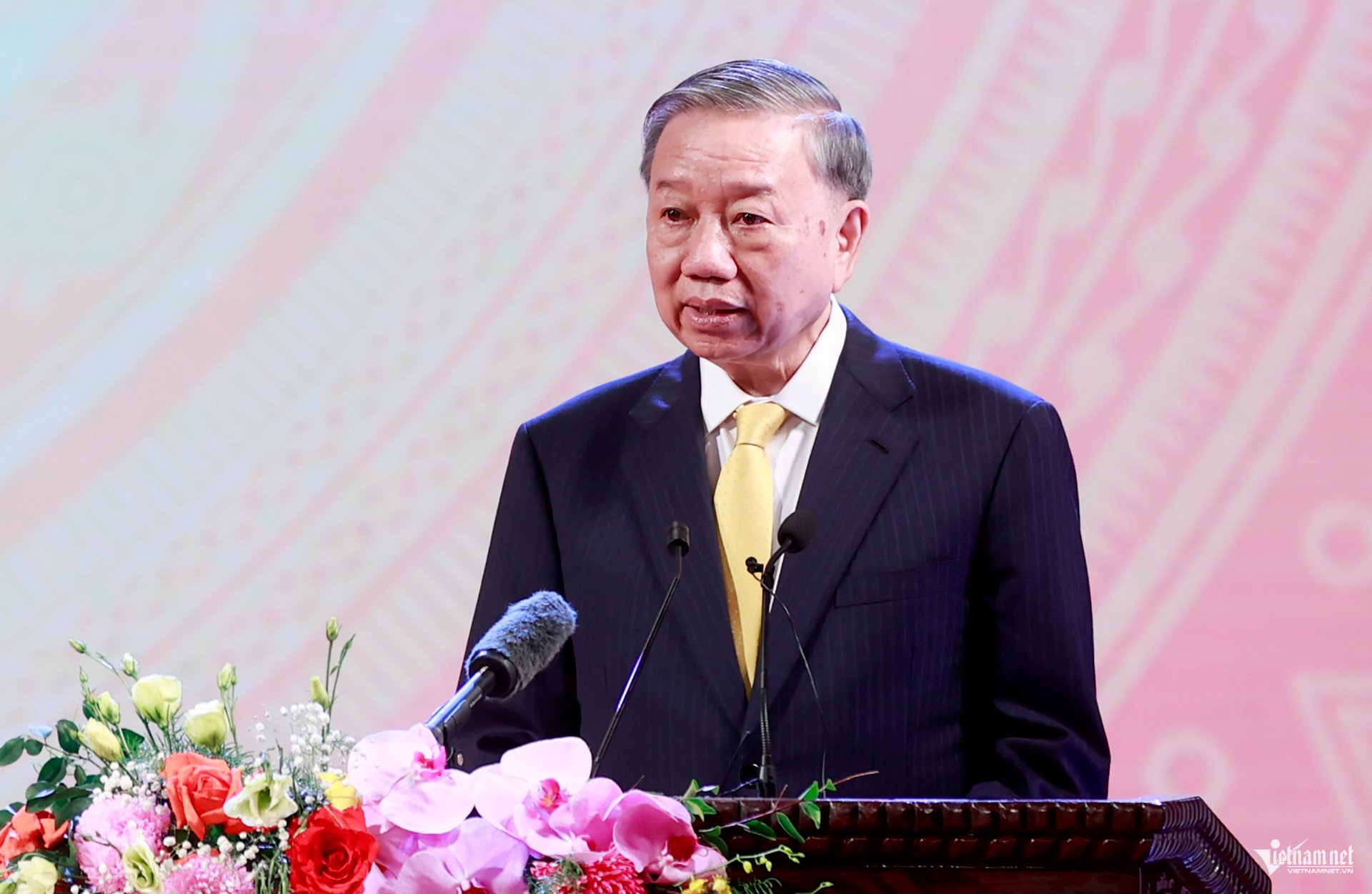






































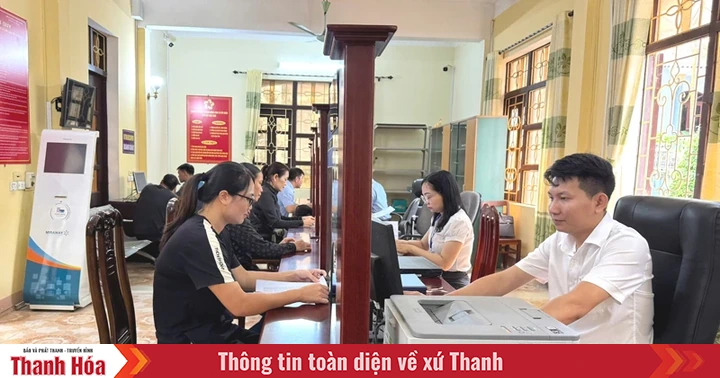
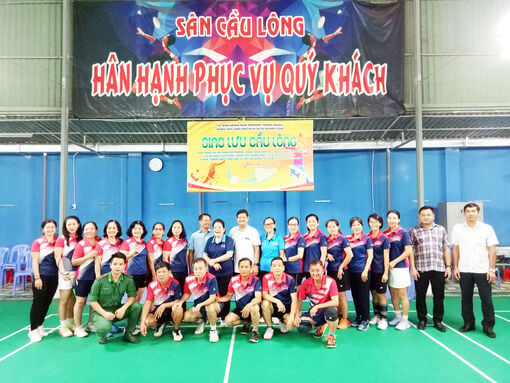

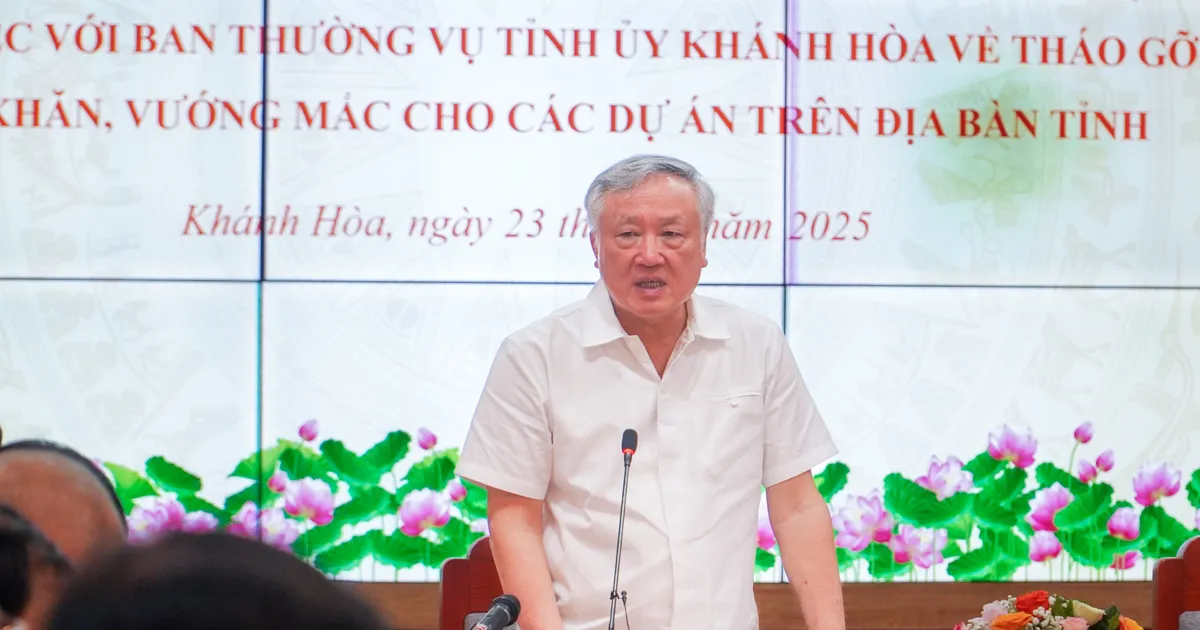

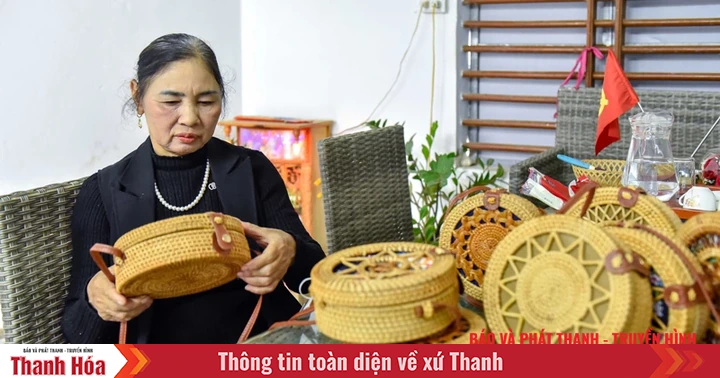
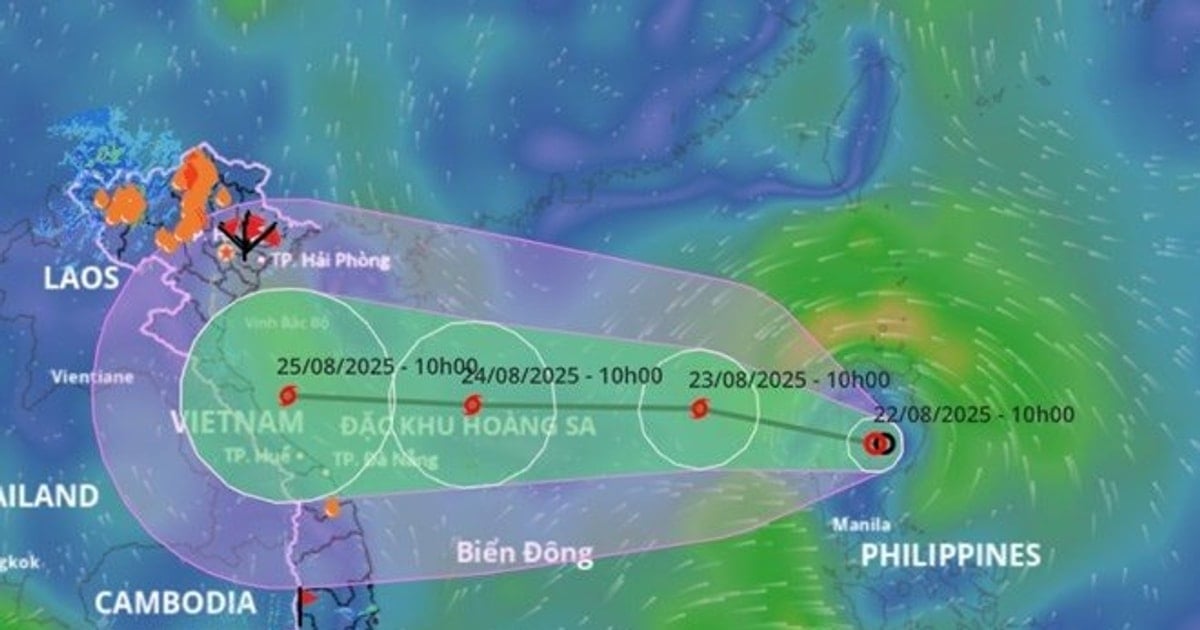
















Comment (0)